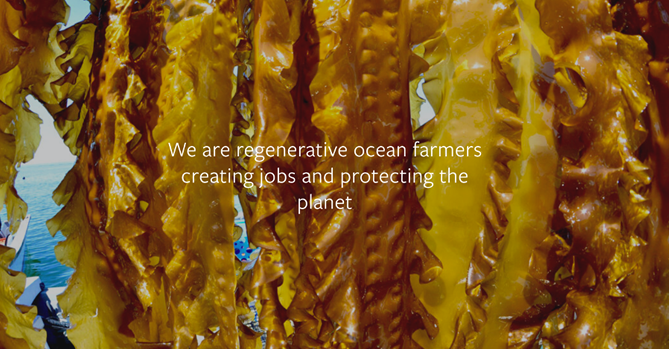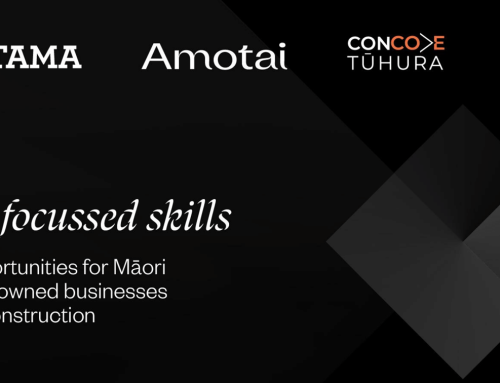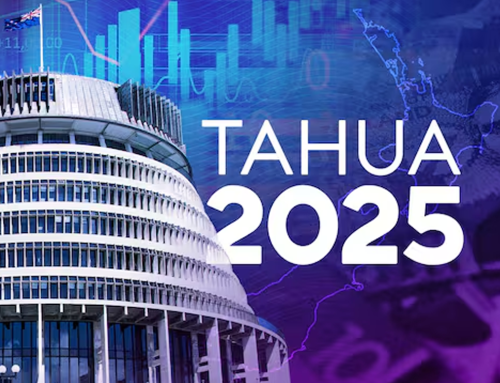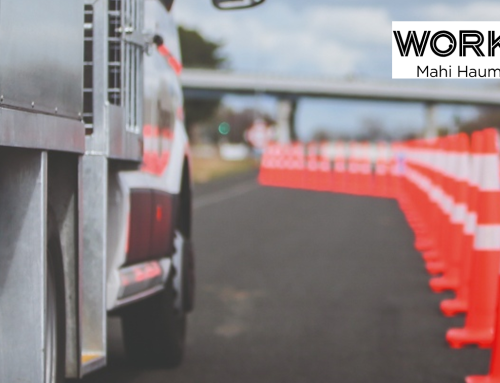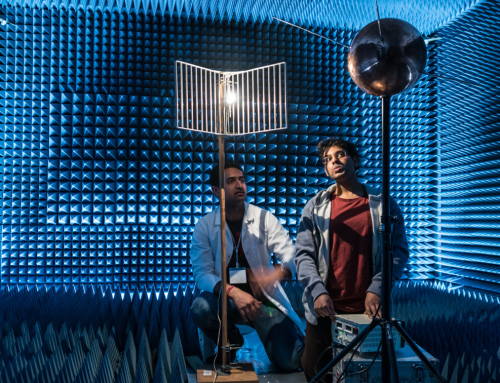Seaweed could soon become NZ’s next big industry – and it could get its start in the Hauraki Gulf.
Plans are underway to create the country’s first commercial seaweed farming industry, that will see farmers earn a living and oceans restored.
With scientists, farmers, and buyers in the bag, and ocean space already secured, the first line of seaweed could be in the water by 2021.
Earlier this month, a consensus was reached on creating GreenWave NZ, utilising a model first established in the US.
GreenWave is a global pioneer of regenerative ocean farming involving the co-culture of seaweed and different shellfish species. It has the potential to contribute to the restoration of damaged marine environments and establish what is at this stage nonexistent in NZ – commercial seaweed farming.
GreenWave NZ’s pilot stage will consist of farming native brown kelp (ecklonia) at two locations in the Hauraki Gulf.
The ocean space has already been provided by mussel farming pioneer Gilbert James. He and Wakame Fresh co-owner Lucas Evans have launched Seaweed Innovation NZ, and Evans will be GreenWave NZ’s first seaweed farmer.
“But once you grow the stuff, you need to know you can sell the stuff,” EnviroStrat Chief Executive Dr Nigel Bradly said.
And that’s where Paeroa-based company AgriSea come in.
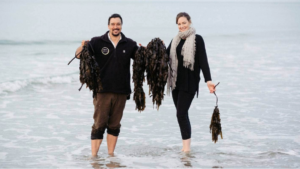
AgriSea’s Tane and Clare Bradley will buy the GreenWave NZ product once harvested
The Hauraki business makes soil additives and animal health products from seaweed, and will buy the GreenWave product once harvested.
“A big part of the motivation here is: seaweed is a really cool industry, but in NZ, it is not properly-functioning. The seaweed sector….. well, it’s not really a sector, and that’s because there’s no supply chain,” says Tane Bradley.
He likened it to being a dairy farmer without cows.
“We’ve got lots of cool seaweed businesses, but they get their seaweed either off the beach, from mussel farms, from the wild, or it’s imported.
“We’ve got amazing companies like AgriSea, who do amazing things with their beach communities, but if there is no storm, there is no seaweed washed up on the beach.
“So, we’re trying to be the catalyst to create a sustainable seaweed sector, and the way to do that is to get a supply chain in place, and do it in a way that enables farmers to realise their potential.”

